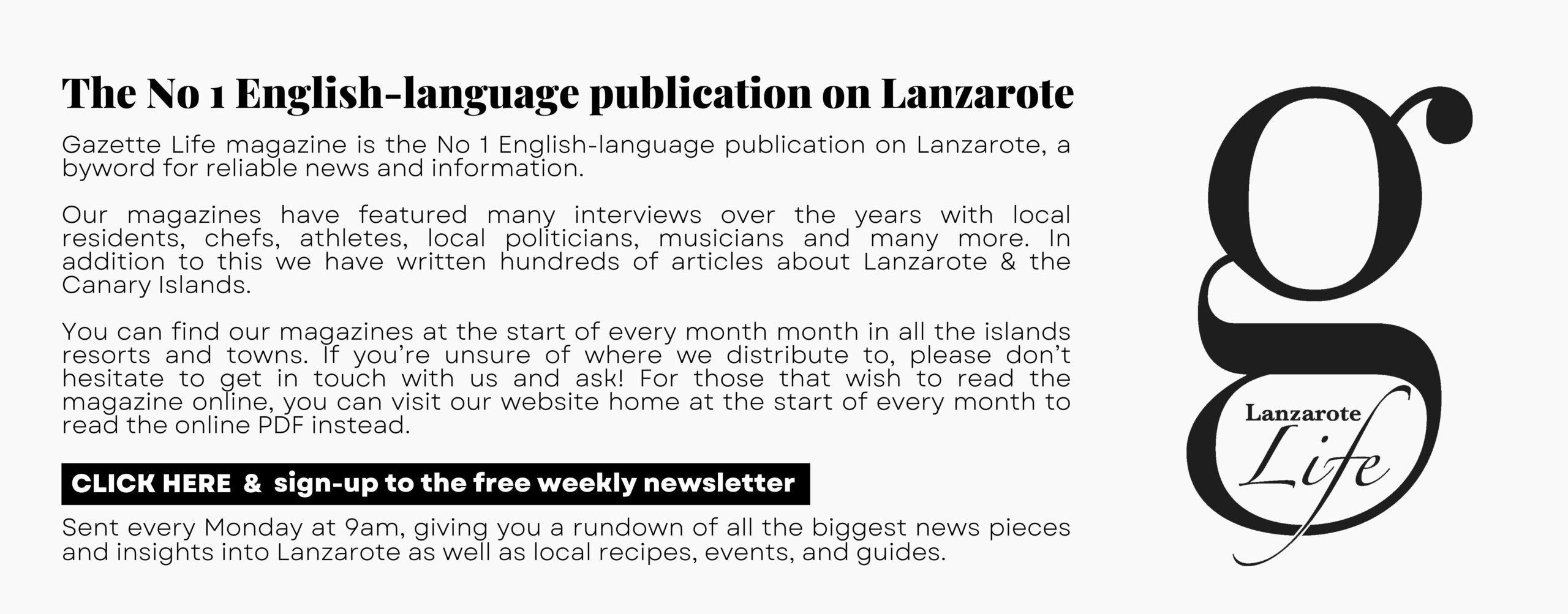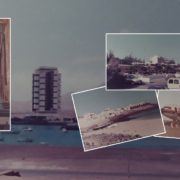On 1st May 1618, 36 Agerian galleys anchored in Arrecife’s bay, and 3,000 men put to shore, commanded by the Algerian pirate Tabac Arráez. Their objective was to pillage anything of value, and the most valuable commodity on Lanzarote was human beings.
Slavery was already a fact of life on Lanzarote at that time. Most of the population on the island were slaves or descendants of slaves, many of whom had been brought here during the cabalgadas – slaving raids on the African coast carried out by Canarian feudal rulers.
Those raids were outlawed by the King of Spain in 1572, but this only increased the activity of Barbary pirates from North Africa, who were now able to carry out attacks with less fear of reprisals.
Tabac’s raid turned out to be the most destructive of all the pirate attacks on the island. The local militia were rapidly overcome and the raiders soon reached the capital of Teguise, which they burned down after looting it. The locals, armed only with sticks and stones, had no option but to take refuge in the cave now known as Cueva de los Verdes.
There they remained under siege, with a few intrepid souls leaving by a secret tunnel after nightfall to fetch supplies. However, a scribe who hoped his life would be spared finally betrayed the islanders, and 900 slaves were taken prisoner. Most of these were poor. Wealthier islanders were able to buy their own freedom and that of their friends and loved ones.
That was not the end of the captives’ troubles. Spanish King Felipe II ordered the pirate fleet to be intercepted by the Spanish navy and in the ensuing battle half the pirates’ ships were sunk with their human cargo, and hundreds drowned. 200 islanders were liberated and the remainder, mostly women, were sold in Tunis and Algeria by Tabac.
RANSOM
If your family member was taken as a slave by Barbary pirates, there was still a way they could be rescued. The process first involved raising money by selling land or belongings, begging for a loan or a hand-out from the church. A friend or family member would then head to Andalusia, and representations would be made from there to Algeria. A price would be settled, and the captive would be returned.
However, it was not a certain method at all. The money may not be sufficient, many captives may have died, and others refused to be rescued, having publicly renounced their Catholic faith.
The daughter of María Ruíz and Blas Perdomo was six when she was taken in the 1618 raid, and it was not until 1632 when the couple were able to reach Andalusia. Now a young woman, their daughter chose to remain in captivity. Instead, the couple managed to return with two of María’s nieces who had also been abducted.
For regular updates, pictures and videos of Lanzarote be sure to like and follow our Facebook page “Gazette Life Lanzarote”.












